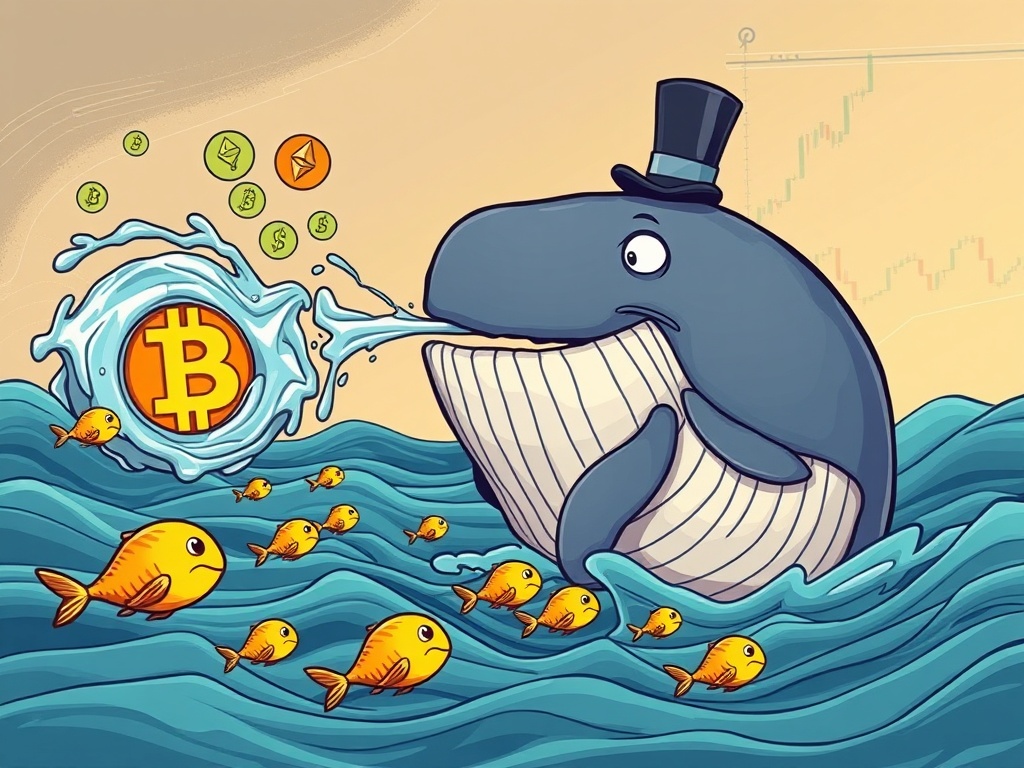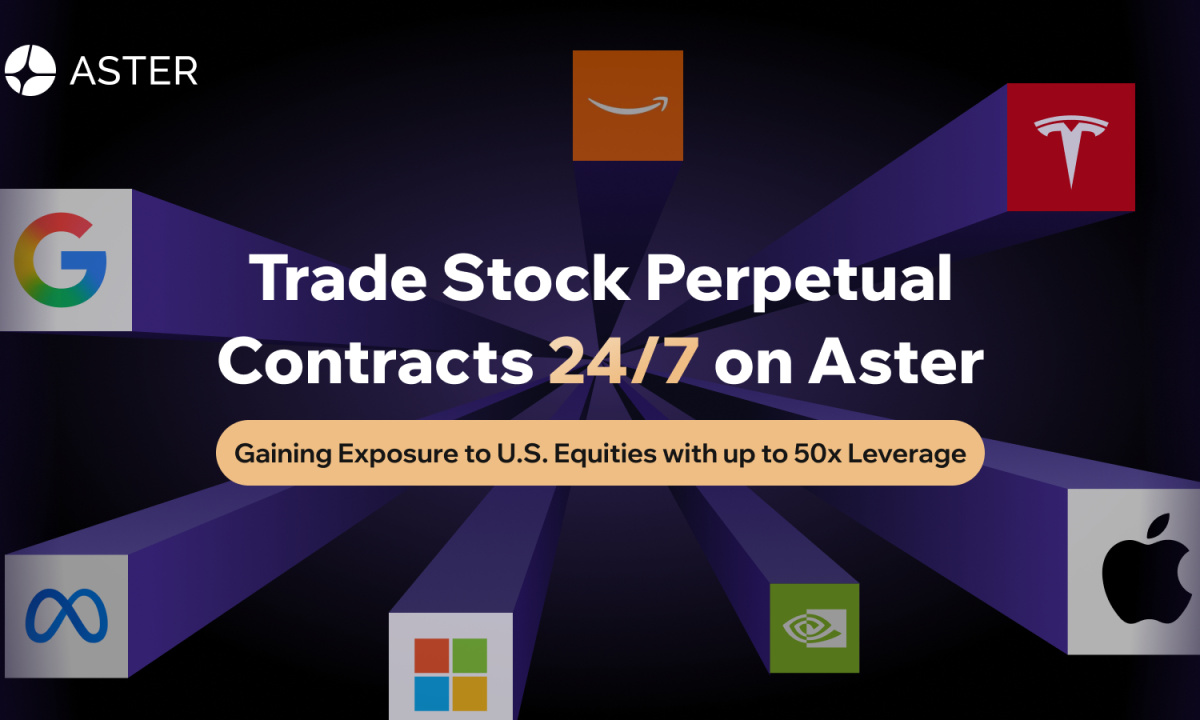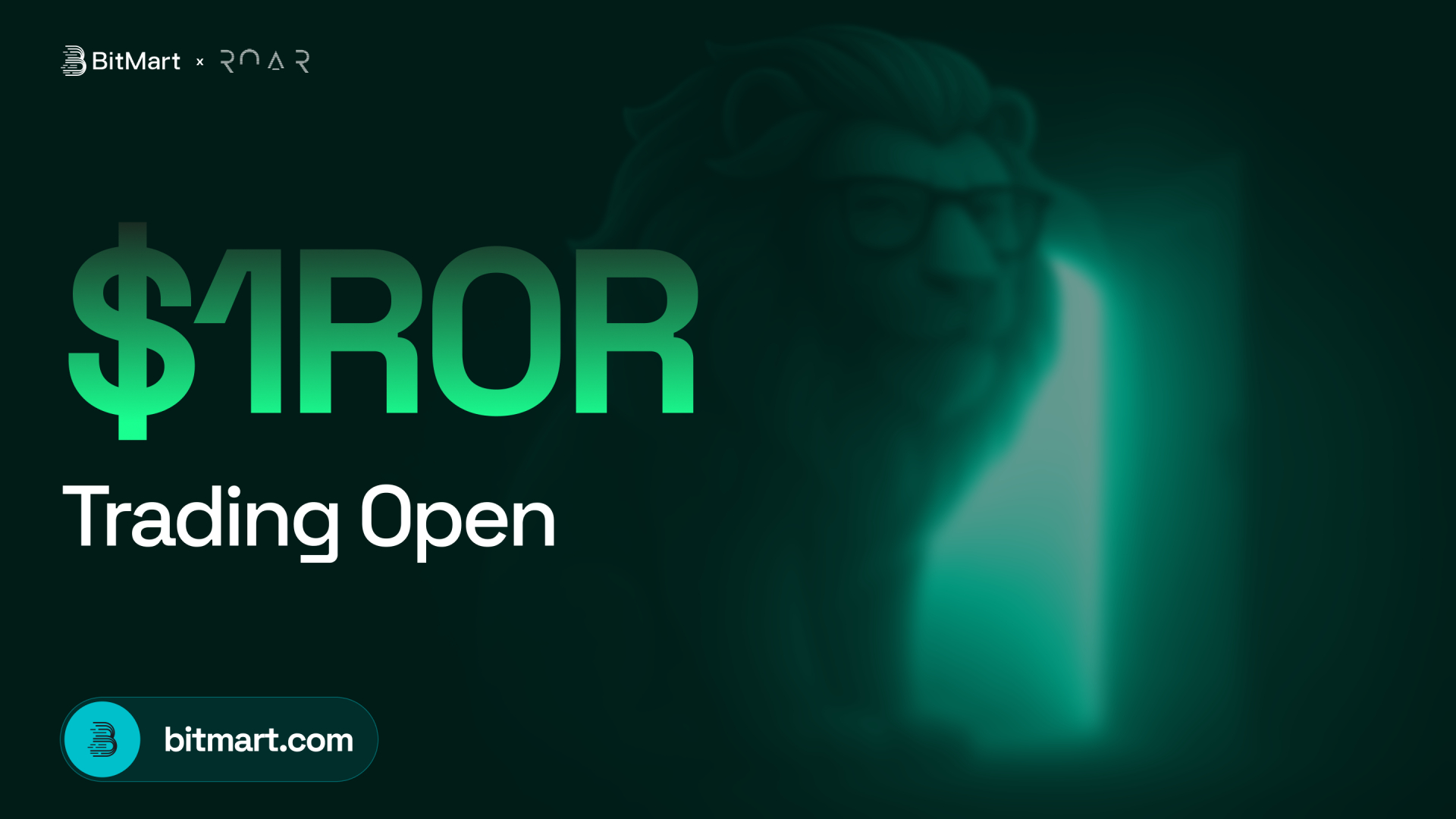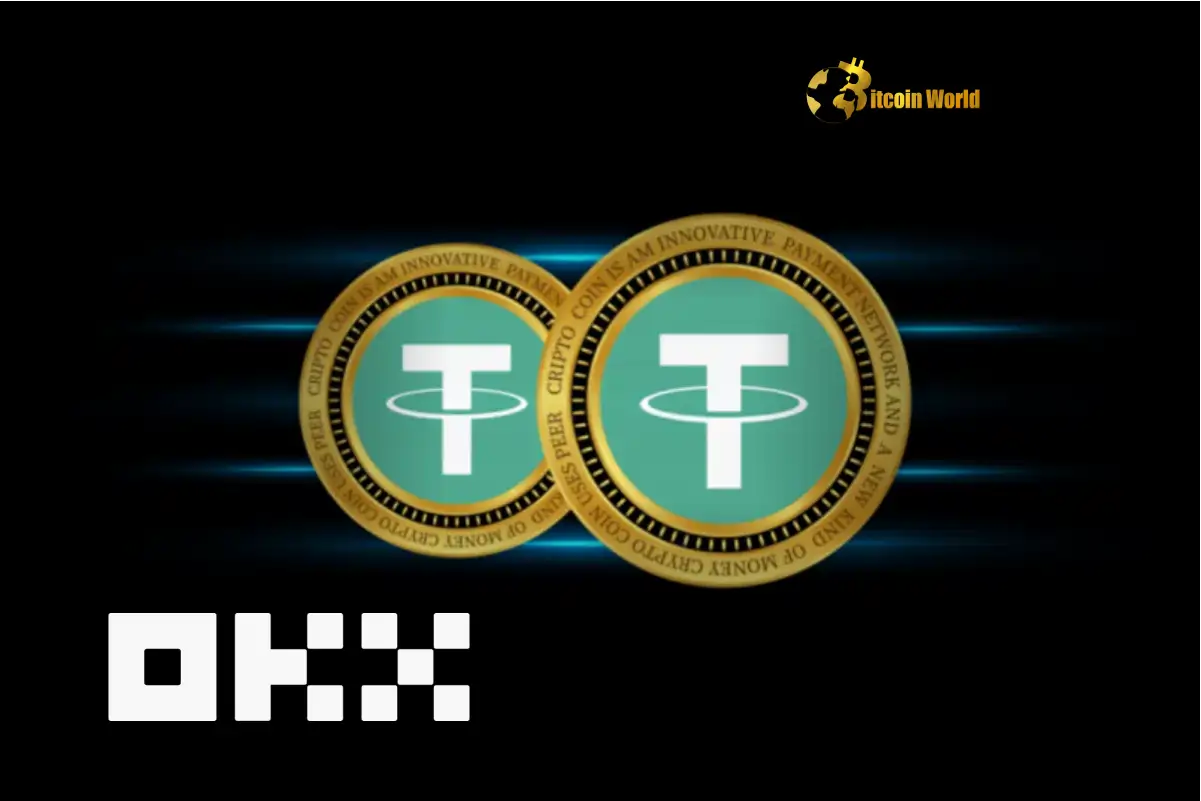BitcoinWorld

Audacious Whale Trader Dives Back: BTC, ETH Shorts After Staggering $25.84M Loss
The cryptocurrency market is a realm of incredible volatility, where fortunes can be made and lost in the blink of an eye. At the apex of this high-stakes arena are the whale traders – individuals or entities holding massive amounts of digital assets, whose every move can send ripples across the entire ecosystem. Recently, the crypto community has been captivated by the audacious return of one such whale trader on the decentralized exchange Hyperliquid, known as @qwatio on X. This isn’t just any comeback story; it’s one steeped in drama, marked by a staggering $25.84 million loss, yet fueled by an unwavering resolve to re-enter the fray with significant short positions on Bitcoin (BTC) and Ethereum (ETH).
Who is This Mysterious Whale Trader and What’s Their Story?
The individual behind the X handle @qwatio has become a figure of both fascination and caution within the crypto space. Their journey is a stark reminder of the immense risks and potential rewards inherent in highly leveraged trading. Initially, this whale trader garnered attention for an impressive run, reportedly turning an initial capital of $3 million into an astounding $26 million in unrealized gains. This kind of success story is what draws many to the crypto market, promising rapid wealth accumulation. However, the narrative took a dramatic turn.
In early June, the wallet associated with @qwatio suffered a devastating blow, reportedly losing a colossal $25.84 million. This massive loss was primarily attributed to failed short positions, a strategy that bets on asset prices falling. Such a significant setback would deter most, but not this particular whale trader. Their latest move demonstrates an almost defiant resilience, or perhaps, a desperate attempt to recoup losses.
According to on-chain analyst @EmberCN on X, @qwatio recently deposited 2.98 million USDC onto Hyperliquid. This substantial sum wasn’t for cautious spot buys; it was deployed to open aggressive short positions on both Bitcoin and Ethereum. The stakes are incredibly high, especially considering EmberCN’s observation that this deposit appears to represent the trader’s remaining funds. This isn’t just a trade; it feels like an all-or-nothing gamble.
Diving into the High-Stakes Positions: What’s the Strategy of This Whale Trader?
The specifics of the new positions reveal the aggressive nature of this whale trader’s strategy:
- Bitcoin (BTC) Short: This position is sized at a formidable 1,111 BTC, utilizing a substantial 40x leverage. The entry price was $117,297, with a critical liquidation price set at $118,333. A mere 0.88% upward movement from the entry price could wipe out this entire position.
- Ethereum (ETH) Short: The ETH short is equally significant, totaling 4,141 ETH, employing 25x leverage. The entry price for this position was $3,724, with a liquidation price at $4,385. This gives slightly more breathing room than the BTC short, but still represents a highly leveraged bet.
Currently, the whale trader is reportedly sitting on $1.9 million in unrealized profits from these new shorts. This early success might seem like vindication, but in the volatile world of crypto, unrealized gains can vanish as quickly as they appear. The use of such high leverage amplifies both potential profits and catastrophic losses, making every price fluctuation a nail-biting event.
Understanding the Mechanics: Shorting, Leverage, and Liquidation
To truly appreciate the gravity of this whale trader’s actions, it’s crucial to understand the underlying mechanics:
- Short Selling: This is a trading strategy where an investor borrows an asset (like BTC or ETH) and sells it, hoping to buy it back later at a lower price. The difference between the selling price and the buy-back price (minus borrowing fees) is the profit. If the price goes up, the short seller loses money.
- Leverage: This allows traders to open positions much larger than their initial capital. For example, with 40x leverage, a trader can control $40,000 worth of assets with only $1,000 of their own money. While it magnifies profits, it also magnifies losses exponentially.
- Liquidation: This is the forced closure of a leveraged position by an exchange when a trader’s margin balance falls below a certain threshold. It’s designed to prevent losses from exceeding the initial margin. For short positions, if the asset’s price rises too much, the position is liquidated, and the trader loses their entire margin.
The liquidation prices for @qwatio’s positions highlight the razor-thin margins they are operating on. A slight market shift could lead to another devastating loss, potentially wiping out their remaining capital entirely. This illustrates the inherent dangers of aggressive leverage, even for experienced whale traders.
What Role Does On-Chain Analysis Play in Tracking a Whale Trader?
The ability to track the movements of a prominent whale trader like @qwatio is largely thanks to the transparency offered by blockchain technology and the diligent work of on-chain analysts like @EmberCN. Unlike traditional financial markets where large institutional trades can often be opaque, the public ledger of a blockchain allows anyone with the right tools and expertise to observe transactions in real-time.
On-chain analysis involves examining data directly from the blockchain, including transaction volumes, wallet addresses, smart contract interactions, and more. This provides invaluable insights into market sentiment, large player movements, and potential trends. For instance, analysts can see:
- Large deposits or withdrawals from exchanges.
- Significant transfers between wallets.
- Opening or closing of large derivatives positions on decentralized platforms like Hyperliquid.
This transparency is a double-edged sword for whale traders. While it allows for a more democratic access to market information, it also means their high-stakes gambles are under constant public scrutiny, amplifying the drama of their successes and failures.
Are Whale Trader Movements Signals to Follow or Warnings to Heed?
The actions of a prominent whale trader often spark debate: should retail investors attempt to “front-run” or follow these large players, or are their movements cautionary tales? There’s no simple answer, but several factors are worth considering:
| Perspective | Description |
|---|---|
| Influence on Market Sentiment | Large positions opened or closed by a whale trader can create significant ripples, influencing market sentiment and potentially triggering cascading liquidations or short squeezes. Their actions are often interpreted as a sign of where the “smart money” is heading. |
| Information Asymmetry | While on-chain data is public, whale traders often have access to deeper market insights, private networks, or sophisticated algorithms that retail traders do not. Copying their trades without understanding their full rationale can be risky. |
| Risk Tolerance & Capital | The capital and risk tolerance of a whale trader are vastly different from those of an average retail investor. A $25 million loss, while massive, might not be truly catastrophic for a multi-billion dollar entity, whereas it would be for most individuals. |
| Liquidation Risks | High leverage, as seen with @qwatio, means liquidation is always a looming threat. Retail traders attempting to replicate such strategies are highly susceptible to losing their entire capital quickly. |
Ultimately, while observing whale trader activity can provide valuable context about market dynamics, blindly following their trades, especially highly leveraged ones, is a perilous strategy for most. It’s more prudent to use such insights to inform a broader understanding of market trends rather than as direct trading signals.
The Psychology of High-Stakes Crypto Trading: What Drives a Whale Trader?
The saga of @qwatio also offers a fascinating glimpse into the psychology behind high-stakes trading. After such a monumental loss, what drives a whale trader to immediately re-enter the market with equally aggressive positions?
- Belief in Their Conviction: Despite the previous loss, the trader might genuinely believe their market outlook (in this case, bearish on BTC and ETH) is correct, and the previous loss was an anomaly or bad timing.
- Desire for Redemption: There can be a powerful psychological urge to recoup losses, often leading to increased risk-taking. This “doubling down” can be incredibly dangerous.
- Addiction to the Thrill: The high-octane nature of crypto trading, especially with leverage, can be incredibly addictive. The rush of potential massive gains can override rational risk assessment.
- Overconfidence/Ego: Past successes can breed overconfidence, leading traders to believe they are immune to further losses or can always “outsmart” the market.
This situation underscores the critical importance of emotional discipline and robust risk management in trading, regardless of capital size. Even a seasoned whale trader can fall prey to psychological biases.
Actionable Insights for Aspiring Traders: Learning from a Whale Trader’s Gamble
While most of us aren’t whale traders, there are crucial lessons to be gleaned from @qwatio’s dramatic journey:
- Master Risk Management: Never trade with money you cannot afford to lose. Always set stop-losses, and understand your liquidation points before entering a leveraged trade. For retail traders, even 2x or 3x leverage can be extremely risky.
- Understand Leverage Thoroughly: Leverage is a double-edged sword. While it can amplify profits, it also accelerates losses. If you’re new to trading, avoid leverage entirely or start with very low amounts.
- Diversify Your Portfolio: Don’t put all your eggs in one basket. A diversified portfolio can help mitigate the impact of losses in any single asset or trade.
- Control Emotions: Trading decisions should be based on analysis, not emotion. Avoid revenge trading or trying to “get back” losses immediately. Stick to your trading plan.
- Stay Informed, But Be Skeptical: Follow on-chain analysts and market news, but always do your own research (DYOR). Don’t blindly follow the moves of a whale trader or any other entity.
The crypto market offers incredible opportunities, but it demands respect for its volatility and inherent risks. Learning from the experiences, both positive and negative, of others – even a high-flying whale trader – is a vital part of developing a sustainable trading strategy.
The Unfolding Drama: What Lies Ahead for This Whale Trader and the Market?
The immediate future for @qwatio’s positions hinges entirely on the price movements of Bitcoin and Ethereum. A sustained downtrend would see their unrealized profits soar, potentially allowing them to recover a significant portion of their previous losses. However, any substantial upward movement could trigger liquidation, leading to a complete wipeout of their remaining capital.
From a broader market perspective, while one whale trader’s actions don’t single-handedly dictate market direction, their large positions can certainly contribute to volatility. If @qwatio’s shorts are liquidated, it could add selling pressure or fuel a short squeeze, depending on market conditions. Conversely, if their shorts play out successfully, it might reinforce bearish sentiment in the short term.
The crypto community will undoubtedly continue to watch @qwatio’s wallet with bated breath, as their story serves as a potent reminder of the exhilarating highs and devastating lows that define the decentralized finance landscape.
Conclusion: The Perilous Path of the High-Stakes Whale Trader
The saga of the @qwatio whale trader on Hyperliquid is a compelling narrative of ambition, immense loss, and a daring comeback attempt. It vividly illustrates the extreme leverage and risk prevalent in the decentralized finance world. While the allure of turning millions into tens of millions is strong, the reality of a $25.84 million loss serves as a stark warning. This high-stakes drama, meticulously tracked by on-chain analysts, highlights not only the transparency of blockchain but also the psychological battles fought by even the most capitalized traders. For retail participants, the key takeaway isn’t to emulate such aggressive strategies but to learn invaluable lessons about risk management, emotional discipline, and the profound importance of understanding the tools and markets you engage with. The crypto market rewards the informed and disciplined, not just the audacious.
Frequently Asked Questions (FAQs)
1. What is a “whale trader” in cryptocurrency?
A whale trader refers to an individual or entity that holds a very large amount of cryptocurrency, significant enough that their trades can influence market prices. Their movements are closely watched by other traders due to their potential impact.
2. What is short selling and how does it work with leverage?
Short selling is a trading strategy where you borrow an asset, sell it, and then buy it back later at a lower price to return it to the lender, profiting from the price difference. Leverage amplifies this by allowing you to control a larger position with a smaller amount of your own capital, magnifying both potential gains and losses.
3. What is liquidation in crypto trading?
Liquidation is the forced closing of a leveraged trading position by an exchange or platform when a trader’s collateral falls below a certain threshold. This happens when the market moves significantly against their position, to prevent losses from exceeding the initial margin.
4. How do on-chain analysts track whale movements?
On-chain analysts monitor public blockchain data, including large transaction volumes, wallet addresses, and smart contract interactions on decentralized exchanges. This transparency allows them to identify and track significant deposits, withdrawals, and large trading positions of prominent addresses, often associated with a whale trader.
5. Is it advisable to follow the trades of a whale trader?
Generally, no. While observing whale trader movements can provide market insights, blindly following their highly leveraged trades is extremely risky for retail investors due to differing capital, risk tolerance, and access to information. It’s crucial to conduct your own research and manage your own risk.
6. What is Hyperliquid?
Hyperliquid is a decentralized exchange (DEX) that offers perpetual futures trading for various cryptocurrencies. It allows users to trade with leverage directly from their self-custody wallets, emphasizing speed and low fees within the DeFi ecosystem.
If this gripping tale of high-stakes crypto trading resonated with you, share this article with your network! Let’s spark a conversation about risk management, the power of on-chain analysis, and the fascinating world of whale traders in decentralized finance. Your insights are valuable!
To learn more about the latest crypto market trends, explore our article on key developments shaping Bitcoin and Ethereum price action.
This post Audacious Whale Trader Dives Back: BTC, ETH Shorts After Staggering $25.84M Loss first appeared on BitcoinWorld and is written by Editorial Team





